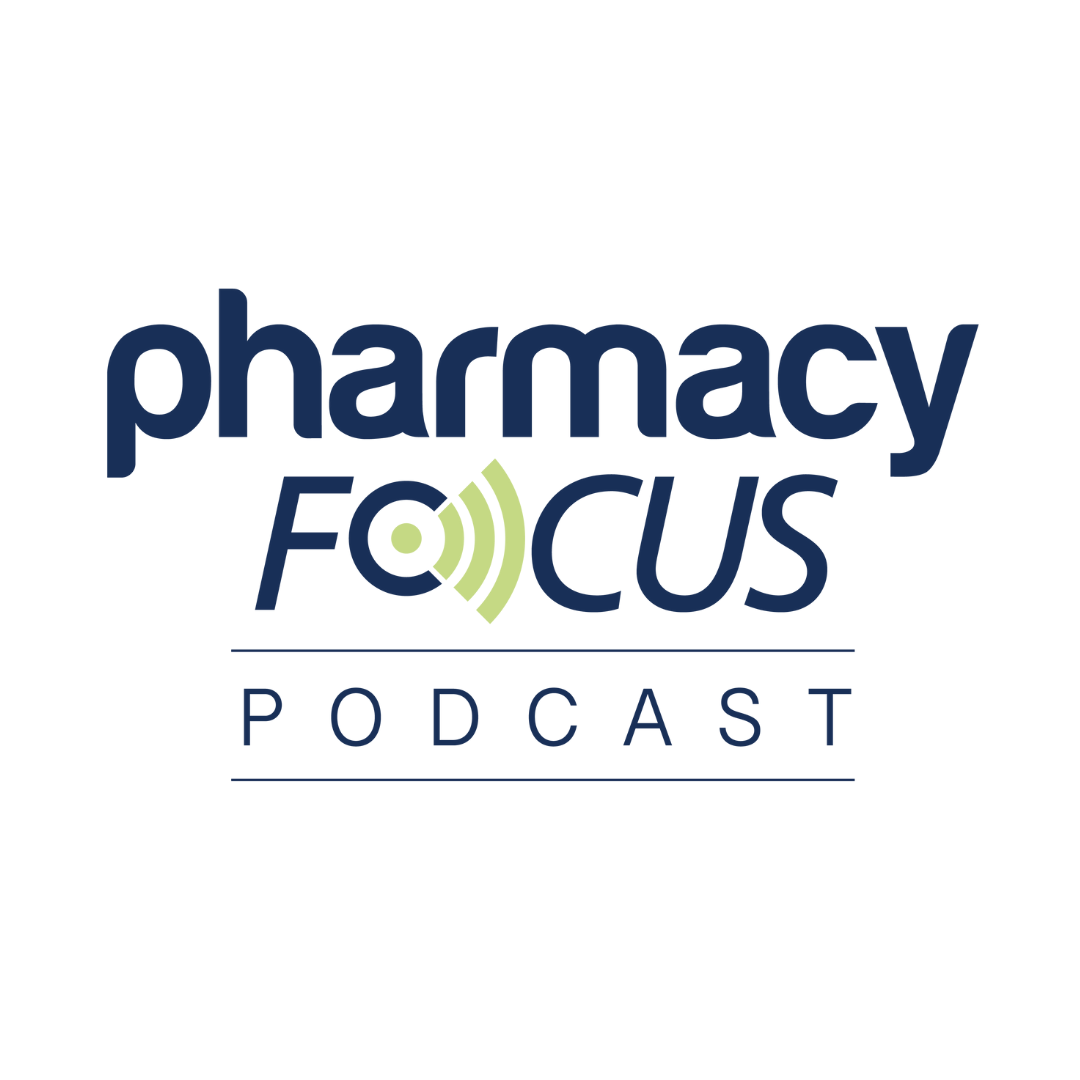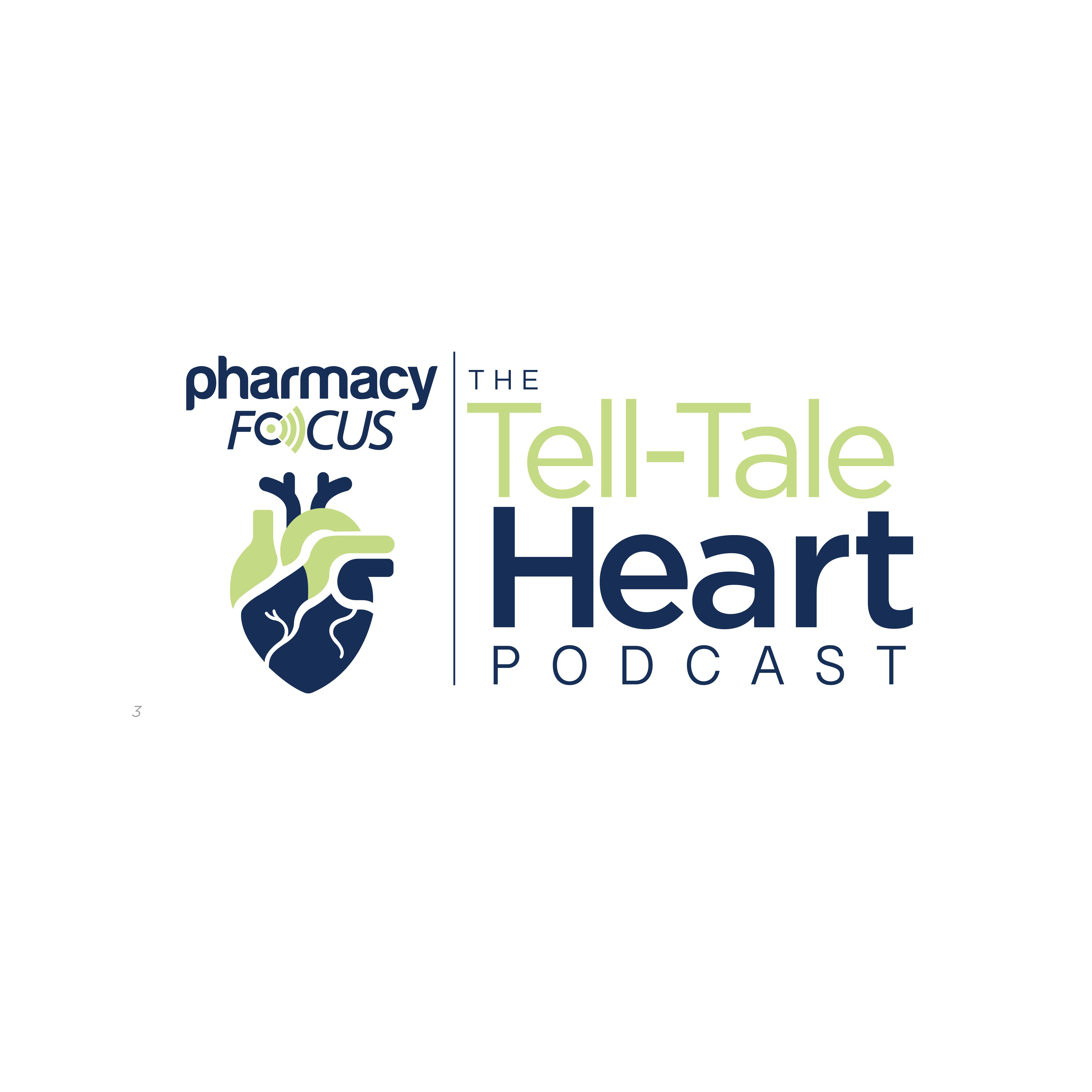News
Article
FDA Approves Dupilumb for Treatment of Bullous Pemphigoid
Key Takeaways
- Dupilumab is the first FDA-approved targeted treatment for bullous pemphigoid, addressing a significant unmet medical need.
- The pivotal study showed dupilumab significantly improved disease remission and reduced corticosteroid use compared to placebo.
The FDA approves dupilumab as the first targeted treatment for bullous pemphigoid, offering hope for patients with this debilitating skin condition.
FDA officials approved dupilumab (Dupixent; Sanofi, Regeneron) for the treatment of adults with bullous pemphigoid (BP), marking the first and only targeted treatment for BP.1 The supplemental biologics license application was accepted by the FDA for priority review in February 2025.2
Image credit: Kunlathida | stock.adobe.com

BP is a chronic, debilitating, and relapsing skin condition with underlying type 2 inflammation. It most often occurs in older adults and is characterized by intense itching and blisters, skin reddening, and painful lesions. The blisters and rash can leave patients more prone to infection and affect daily functioning. Although systemic corticosteroids are the typical first-line treatment, approximately 27,000 adults in the US have BP that is uncontrolled.2
“There is a significant unmet medical need for new medicines for people suffering with this hard-to-treat disease in which the standard of care is oral and topical corticosteroids and immunosuppressants—treatments that have poor clinical outcomes and safety concerns, respectively, and should be used sparingly in an elderly population,” said Dietmar Berger, MD, PhD, chief medical officer and global head of development at Sanofi, in a news release.3
Clinical Data
Its approval is supported by data from a pivotal study that met the primary and all key secondary end points in adults with moderate-to-severe disease. According to a news release, 5 times more patients in the dupilumab arm achieved sustained disease remission compared to those on placebo, defined as complete clinical remission with completion of oral corticosteroid taper by week 16 without relapse and no rescue therapy use during the 36-week treatment period.3
In the ADEPT trial, 106 adults with moderate-to-severe BP were randomized to dupilumab 300 mg (n = 53) every 2 weeks after an initial loading dose or placebo (n = 53), along with standard-of-care oral corticosteroids. While receiving treatment, all patients underwent a protocol-defined oral corticosteroid tapering regimen if disease activity control was maintained.3
According to the study findings, 20% of those in the dupilumab arm experienced sustained disease remission at 36 weeks compared to 4% in the placebo arm (p=0.0114). Patients had to achieve all components comprising the primary end point, and efficacy among those receiving dupilumab compared to placebo was the following3:
- 59% of those in the dupilumab arm achieved absence of disease relapse after completing oral corticosteroid taper compared to 16% in the placebo arm (nominal P = .0023);
- 42% of those in the dupilumab arm achieved absence of need for rescue therapy during the treatment period compared to 12% in the placebo arm (nominal P = .0004);
- 38% of those in the dupilumab arm achieved complete remission and were off of oral corticosteroids by week 16, compared to 27% in the placebo arm (not significant).
Results for dupilumab in select secondary end points were also statistically significant. For instance, 41% in the dupilumab arm achieved a 90% or better reduction in disease severity compared with 10% of the placebo arm (P = .0003); 40% in the dupilumab arm achieved clinically meaningful itch reduction compared with 11% with placebo (P = .0006); and 77% in dupilumab achieved reduction in disease severity from baseline compared with 51% with placebo (P = .00021).3
Overall rates of adverse events (AEs) were 96% (n = 51) in the dupilumab arm and 96% (n = 51) in the placebo. AEs more commonly observed with dupilumab than placebo included peripheral edema (n = 8 vs n = 5), arthralgia (n = 5 vs n = 3), back pain (n = 4 vs n = 2), blurred vision (n = 4 vs n = 0), hypertension (n = 4 vs n = 3), asthma (n = 4 vs n = 1), conjunctivitis (n = 4 vs n = 0), constipation (n = 4 vs n = 1), upper respiratory tract infection (n = 3 vs n = 1), limb injury (n = 3 vs n = 2), and insomnia (n = 3 vs n = 2). There were no AEs leading to death in the dupilumab group and 2 AEs leading to death in the placebo group.3
“Bullous pemphigoid is a debilitating skin disease with a high mortality rate due to infection,” said George D. Yancopoulos, MD, PhD, president and chief scientific officer at Regeneron, in a news release. “Dupixent is the first medication to show significant and robust impacts in this patient population. These latest pivotal results reaffirm the underlying role type-2 inflammation plays in driving multiple skin diseases.”3
REFERENCES
1. Sanofi. Press Release: Dupixent approved in the US as the only targeted medicine to treat patients with bullous pemphigoid. News Release. Released June 20, 2025. Accessed June 20, 2025. https://www.sanofi.com/en/media-room/press-releases/2025/2025-06-20-05-00-00-3102518
2. Dupixent sBLA accepted for FDA priority review for the targeted treatment of bullous pemphigoid. News release. Sanofi. February 18, 2025. Accessed June 18, 2025. https://www.sanofi.com/en/media-room/press-releases/2025/2025-02-18-06-00-00-3027482
3. Dupixent is the first and only biologic to achieve significant improvements in disease remission and symptoms in bullous pemphigoid positive pivotal study. News release. Sanofi. September 11, 2024. Accessed June 18, 2025. https://www.sanofi.com/en/media-room/press-releases/2024/2024-09-11-05-00-00-2944237
Newsletter
Stay informed on drug updates, treatment guidelines, and pharmacy practice trends—subscribe to Pharmacy Times for weekly clinical insights.






